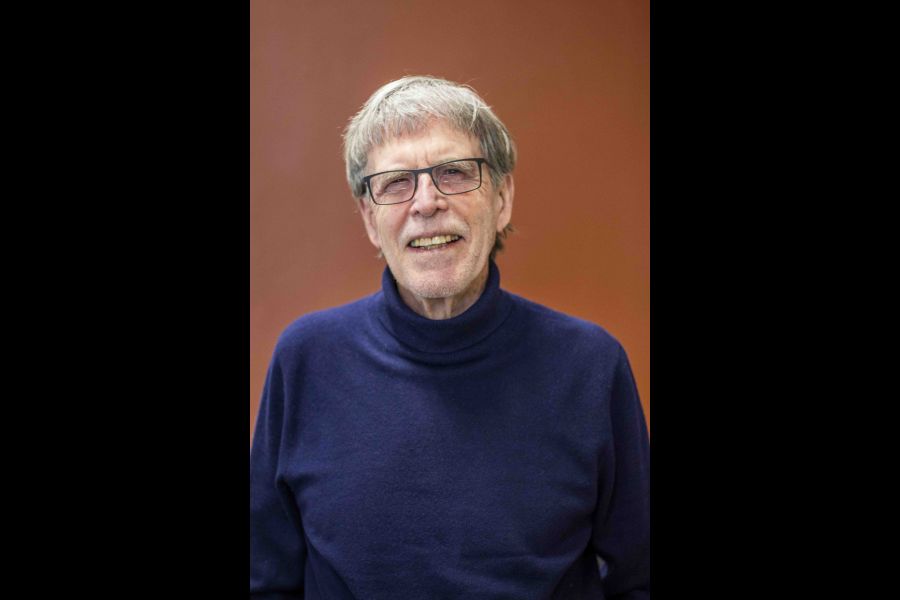In 1858, Alfred Russel Wallace and Charles Darwin, at the suggestion of mutual friends, presented their studies of evolution to the Linnean Society in London, England.
By independent, thoroughly documented observations of variation within and between species, both arrived at the same conclusion: species evolved through natural selection.
However, one vital piece of evidence was missing: what was the molecular basis of the observed variation?
In 1866, a little-known Austrian friar named Gregor Mendel published his observations on the inheritance of traits such as height and the shape of the seeds and colour in pea plants.
He suggested, following meticulous and carefully documented experiments, that “invisible factors” were responsible for the expression of specific traits.
Unfortunately, neither Wallace nor Darwin was aware of Mendel’s work, despite the obvious implication that his “invisible factors” provided a mechanism for natural selection by favouring certain traits and hence what others would later call, genes.
By the 1940s, DNA (deoxyribose nucleic acid) was known to be the molecule that governed genetic transmission, but no one knew how the constituent molecules composed of bases, sugar and phosphate groups were organized.
The challenge was solved by two men at the Cavendish laboratory in Cambridge, England. Francis Crick, much older at 36, had yet to complete his PhD, and was bored with his assigned project, when he was joined by James Watson, a young American.
Despite their age difference, they were kindred spirits – highly imaginative, intellectually tough and enjoyed spirited, often noisy, debate.
Both had backgrounds in physics and together solved the problem in much the same way the best theoretical physicists sometimes do, by visualizing the problem with models.
In Crick’s and Watson’s case, they explored which model best fit the known physical and chemical properties of the constituent bases, sugar and phosphate groups in DNA and provided a plausible molecular basis for inheritance.
There were no experiments in the usual sense, only the constant back and forth banter that so upset the department head that he stuffed them in a small office as far away as possible from him – or so the legend went.
Early on Crick and Watson settled on a double-stranded, twisted model (the double helix). More vexing was the question of how the four bases – adenosine, cytosine, guanine and thymine – were paired.
Finally, after much fiddling with the model, they realized the pairing of bases between opposing strands was governed by rules – cytosine with quinine formed one pair and thymine with adenosine, the other pair.
With this issue solved, so was the mystery of how the parts of DNA came together to form the molecule that governed heredity.
The results were published by Watson and Crick in 1953 in the April 25 issue of Nature in what must be one of the shortest articles on record – one page and a bit.
It included one simple illustration of the double helix – and remains the most important study in biology in the 20th century.
The authors knew they had hit a home run and so did the rest of the scientific community soon after. It was that obvious.
Ten years later, a Nobel prize was shared by Watson, Crick and Maurice Wilkins for their contributions to understanding the molecular structure of DNA.
Near the end of their 1953 paper, Watson and Crick inserted this prophetic paragraph, “It has not escaped our notice that the specific pairing we have postulated immediately suggests a possible copying mechanism for the genetic material.”
Thus, were they aware from the moment of their creation of the final model of how genetic information was coded and the means for producing exact copies for the next generation.
Watson stayed two years and his position as partner for Crick was taken by Sidney Brenner. Together they discovered messenger RNA.
Other important work by Brenner, Sidney Altman and others filled in gaps between DNA and the rest of the cell and led to the publication of the first complete genome, initially for a tiny 3 millimetre, three-day cycle worm (C. elegans) and a few years later, the entire human genome.
Nicolas Wade from the New York Times summarized Crick’s influence best in his 2004 obituary for Crick: “Dr. Crick was a scientist with a thirst to understand and a talent for productive friendships. It was his two-year collaboration with Dr. Watson that made possible the discovery of the structure of DNA, a feat that each has said he would not have accomplished without the other …”
“Crick occupied a rarely paralleled position of intellectual leadership in the early years of molecular biology. In intense efforts to explore beyond the door opened by the discovery of DNA, biologists from Paris to Pasadena were drawn into a pursuit that at every stage was shaped by Francis Crick.”
In later life, Crick and Brenner turned their attention to the brain, with little success. For Crick, the human brain proved far too complex. For, Brenner, his tiny worm with but 301 nerve cells, exhibited too few distinctive behaviours to correlate with losses of specific nerve cells. One great man was defeated by complexity and the other by simplicity.
Tragically, Watson was tripped up by his many remarks on race, once more proving that brilliance and a Nobel are no substitute for wisdom.
Dr. William Brown is a professor of neurology at McMaster University and co-founder of the InfoHealth series at the Niagara-on-the-Lake Public Library.







